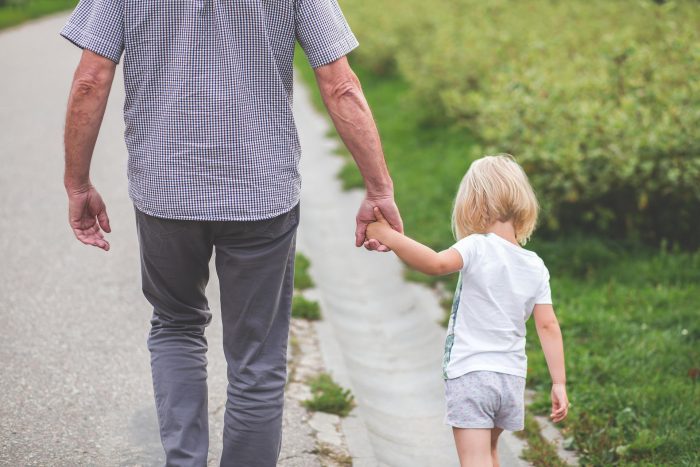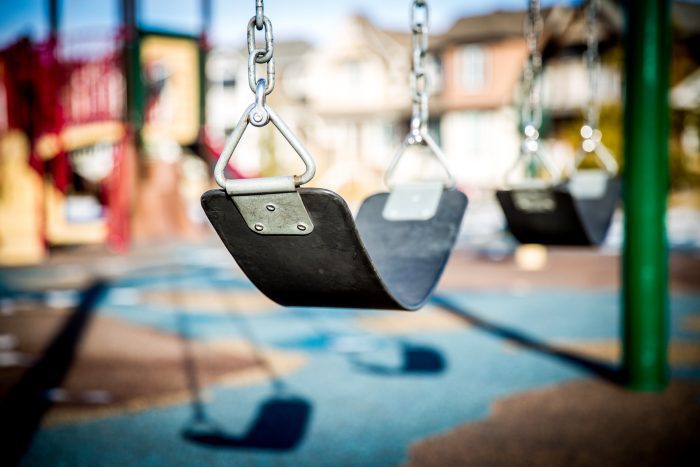By Leah S. Dunaief

It was an ominous sound. Behind the closed glass doors of our fireplace, there seemed to be a fluttering. It must be an odd gust of wind, I hoped. Deep down, I knew it wasn’t. On closer but timid examination, I could make out the frantic beating of the wings of a bird that had somehow fallen down the chimney and was struggling to escape.
What to do?
If I opened the fireplace doors and the door to the back deck, would the bird immediately fly through the living room and out of the house? I doubted that. It was probably dazed and disoriented and would buzz around the ceiling, wildly flapping its wings. How could I steer it in the right direction? Maybe with a broom? Would it think I was attacking and peck at me?
When in doubt about any of life’s challenges, I often consult the support system of my office staff. I called, explained the situation to our always patient receptionist, and was immediately transferred to the member of the art department who most often deals with suburban wildlife.
“Get a small towel, open the fireplace doors a crack and see if you can catch the bird in the towel as it tries to fly out. You can carry it to the outside door and let it loose,” she suggested. Then, because she is a wonderfully generous human being, she asked if I wanted her husband to stop by.
I declined the offer, thanked her and did as she directed, nervously opening the doors a little and peering inside. At this point, the bird was lying on its side, under a low brick that protruded from the back of the fireplace. I was afraid it was dead. But then, it stood up and again began to flutter its wings. The probability of catching it in the towel seemed remote.
I closed the doors, went to the phone and called my friendly and helpful exterminator. “We don’t really do that kind of work,” he said with surprise. “But I can recommend a wildlife rescue person.” I’ll text you his phone number as soon as I can find it.” With that, he got off the phone, leaving me alone with a bird in my chimney.
I needed to mobilize. I called my neighbor, even though I knew she was terrified of birds in the house from a nasty experience she had as a child. Good soul that she is, she came right over and viewed the situation. The bird was definitely alive and fluttering. Poor thing. The count was now two nervous women and one nervous bird. Perhaps the most nervous was my friend.
I checked my texts, found the recommendation for the rescuer and immediately called. “I’ll be glad to help you out,” he said. “Where do you live?” When I told him, he assured me that he was nearby and could get there in just a few minutes. “My price is $150 for the visit and $100 to remove the bird,” he informed me. That gave me serious pause. “Um, I’ll call you back,” I said. “OK,” he replied and hung up.
I looked at my friend, who had heard the conversation, and who now looked back at me with a strange light in her eyes. “Are your plastic gloves still in the bottom drawer? she asked. Dashing into the kitchen, she reappeared, pulling on the gloves. To my surprise, she opened the doors, climbed into the fireplace, gently lifted the bird from under brick, ran across the room to the open door and put it down on the outside table. It stood still. We brought water and put the aluminum plate on the far side of the table. It still didn’t move, just watched us as we watched it. Then, as we started to move, it took off and flew away.
We cheered loudly, both for the bird and for my neighbor. She had managed to overcome her intense fear in order to preserve a life and also to save my purse.














